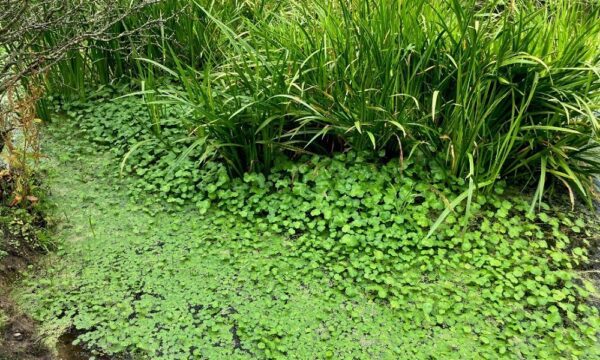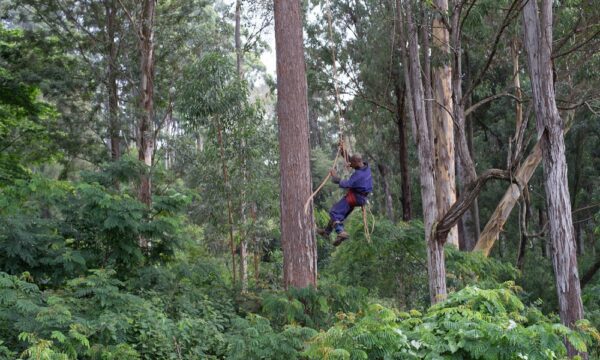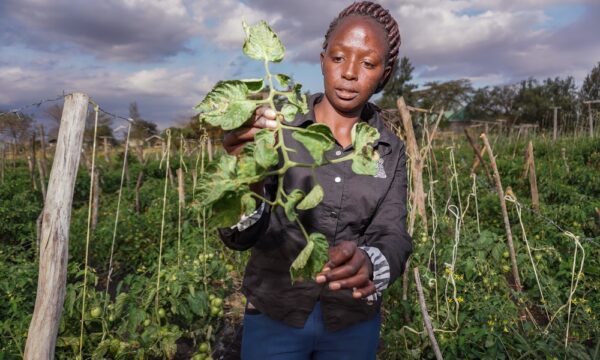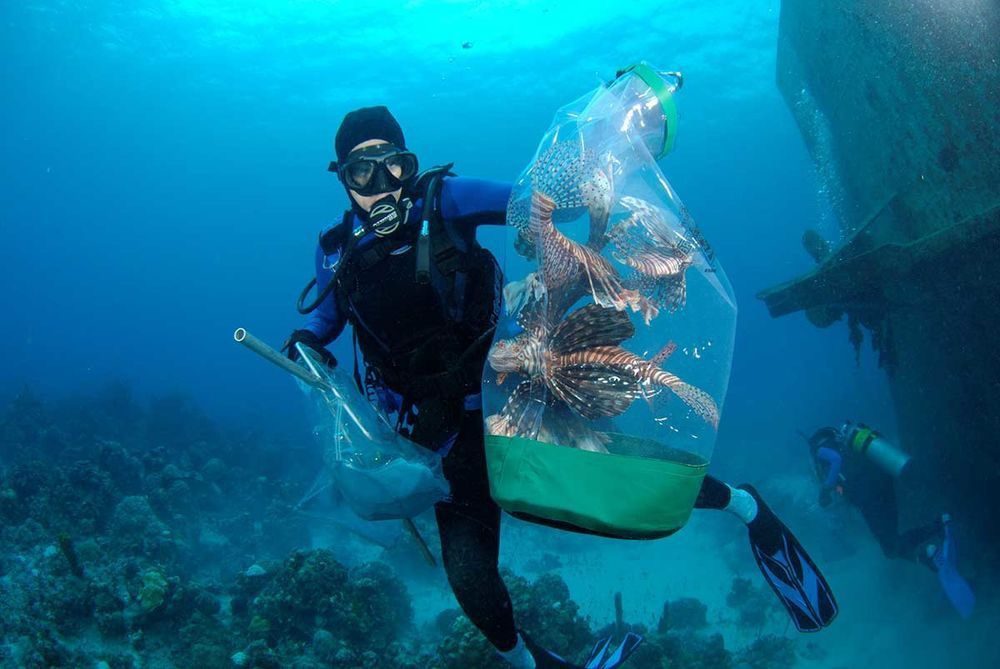
CABI scientist Dr Pablo González-Moreno has shared his expertise in invasive weeds as part of a team of international researchers who suggest that invasive species who are ‘cute’ or ‘beautiful’ have it easier when it comes to arriving or surviving in their new environments.
The study, which was led by the Biology Centre of the Czech Academy of Sciences and the Leibniz-Institute of Freshwater Ecology and Inland Fisheries (IGB), suggest the social acceptance of more charismatic invasive species – such as the eastern grey squirrel (Sciurus carolinensis) and monk parakeets (Myiopsitta monachus) – can help them become more firmly established over lesser liked species.
Dr González-Moreno says that even prickly pear cactus (Opuntia), native to America, has become an iconic symbol in the landscape in Spain – depicted even in stamps and postmarks – and instead of being seen as a nuisance by the general public are celebrated.
More and more animals and plants are being taken from their habitat by humans – consciously and unconsciously. Many cannot adapt to the new living conditions, but some are becoming firmly established.
The social acceptance of attractive invasive species with charisma is higher than that of unattractive invasive species. This can hamper nature conservation measures designed to contain the spread of a species.
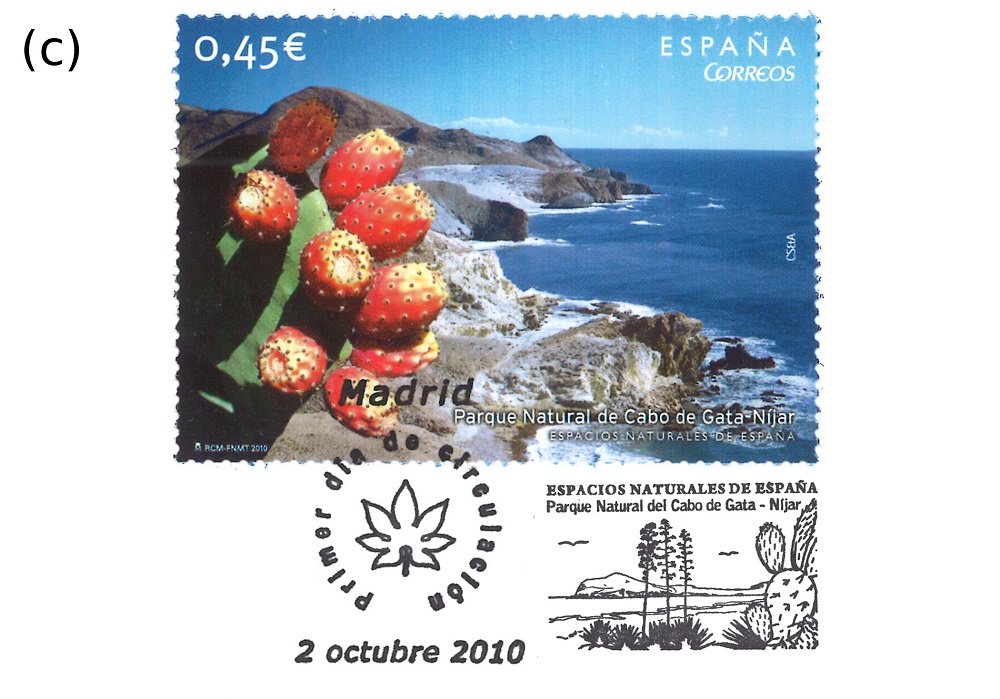
The exotic Opuntia species in Spain became an iconic symbol in the landscape, depicted even in stamps and postmarks (photo: Pablo González-Moreno).
Dr Ivan Jaric, lead author of the study – published in Frontiers in Ecology and the Environment – and researcher at the Biology Centre of the Czech Academy of Sciences, said, “An appearance perceived as beautiful or cute can make the management of species invasions more difficult, because then public support is often lacking.”
As ornamental plants, aquarium inhabitants or exotic pets, charismatic species are probably more likely to be deliberately introduced than inconspicuous species, the scientists say.
Professor Jonathan Jeschke, researcher at IGB and Freie Universität Berlin, and head of the Invasion Dynamics Network which initiated the study, said, “Some non-native species cause serious problems for native species – as predators, competitors for food and habitat, or vectors of diseases.
“If a non-native species is introduced more frequently and in higher numbers, it is more likely to establish itself.”
The researchers add that the social acceptance of attractive invasive species with charisma is higher than that of unattractive invasive species. This can hamper nature conservation measures designed to contain the spread of a species.
Dr Jaric said, for example, that management actions in Italy to control the invasive grey squirrel – and to protect the native red squirrel – were prevented by protests from interest groups using cute cartoon characters of the animals.
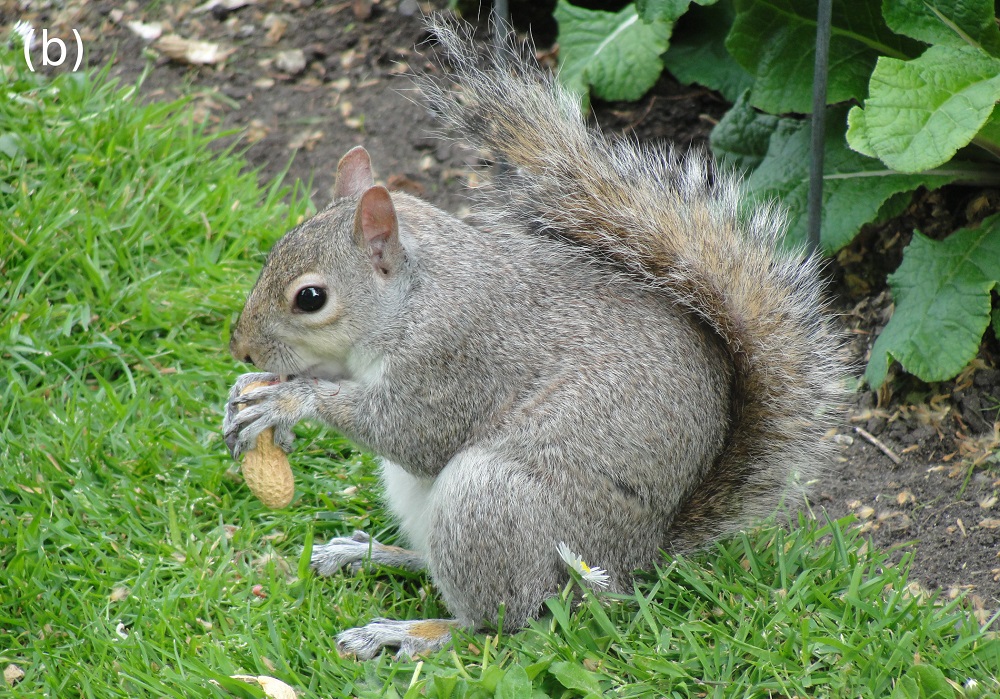
Proposed control measures for introduced eastern grey squirrel (Sciurus carolinensis) populations in Italy were delayed and made ineffective by strong public opposition (photo: Jonathan Jeschke).
The scientists go on to argue that the research priorities on invasive species are largely determined by their ecological and economic impacts, yet there is a stronger focus on invasive vertebrates than on invertebrates and on large and charismatic species.
IGB researcher Dr Gregor Kalinkat, co-author of the study, said, “Public and also research interest is disproportionately concentrated on charismatic species. This can cause one-sided gaps in knowledge that lead to protective measures being wrongly prioritised.”
The researchers say it is, therefore, important to be aware of the influence of charisma on the management of invasive species and to sensitise actors.
Dr Jaric added, “This aspect is particularly important when planning and implementing management measures. Conflicts, especially when they affect charismatic species, can arise from the apparent incompatibility of two different ethical perspectives: between those who give priority to the protection of the ecosystem or the conservation of native species and those who are concerned about the welfare of the invasive species concerned.”
Additional information
Main image: Annual derbies directed at charismatic invasive Indo-Pacific lionfish (Pterois volitans/miles) in Western Atlantic have attracted substantial volunteer effort and proved to be effective for local population suppression (photo: Lad Akins).
Full paper reference
Ivan Jarić, Franck Courchamp, Ricardo A Correia, Sarah L Crowley, Franz Essl, Anke Fischer, Pablo González‐Moreno, Gregor Kalinkat, Xavier Lambin, Bernd Lenzner, Yves Meinard, Aileen Mill, Camille Musseau, Ana Novoa, Jan Pergl, Petr Pyšek, Klára Pyšková, Peter Robertson, Menja von Schmalensee, Ross T Shackleton, Robert A Stefansson, Kateřina Štajerová, Diogo Veríssimo and Jonathan M Jeschke, ‘The role of species charisma in biological invasions’, 6 April 2020, Frontiers in Ecology and the Environment’, DOI: 10.1002/fee.2195
The paper can be viewed here: https://esajournals.onlinelibrary.wiley.com/doi/10.1002/fee.2195
Related News & Blogs

